I thought about each support one by one, and here I'm going to take you through how they can actually help caregivers as much as caregivees...
1. Sticker charts
These have been much decried in recent years as tools for people on the spectrum, due to concerns about extrinsic vs intrinsic motivation, among others. But one thing these do that we don't think about is they remind caregivers to look for positive things to reward.
Having that sticker chart is a reminder to look for the great things a child on the spectrum does, when the most salient things for caregivers of children (either on the spectrum or off) tend to be the bad. So I love the idea of using a sticker chart for the caregiver, to remind US to give praise throughout the day.
2. Visual schedules
Predictability is SO important for reducing anxiety in a person on the spectrum. And yet, our world doesn't tend to provide that. A visual schedule is a great way of not only giving a person on the spectrum a way to see what's happening next, but it's also a great way for us as caregivers to be held to that schedule.
When you don't have a schedule written down and given to the person on the spectrum, you are liable to deviate quite a bit without warning. If you have a visual schedule, it's a reminder that you need to change that schedule (and thereby give a warning to the person on the spectrum of the change) before you change your plans.
3. Timers
Similar to a visual schedule, a timer holds both the person on the spectrum AND the caregiver to a commitment in terms of the routine and transitions.
4. The 5-point scale
The five point scale is a way of communicating a state of emotional regulation. A 1, for instance, is fully regulated, whereas a 5 is extremely unregulated.
Right after I learned about this scale, Caley called me in the middle of a panic attack. Wanting to apply what I'd learned, I explained the five point scale and asked where she fell. She said she fell at a four, and defined a four as feeling "like I want to run in the closet and hide".
Yes, the scale was intended to support Caley, but it was a tool for me as her ally to remind me to ask her how she's feeling, and then better understand how that felt to her. I had no idea before that a "4" felt THAT bad to her. This tool, too, went two ways.
5. Functional behavior analysis
This is a tool held up as the foundation of changing a child's behavior. Essentially you figure out what happened first, what happened next, and what function that behavior served.
Yet, it can be used as an far better tool for ourselves. It's a constant reminder that behavior is communication. If a child screams and then the adult interacting with them goes away and they stop screaming, they might be saying "I'm overwhelmed." Biting might be a way of saying "pay attention to me". These analyses teach us to look for the underlying meaning in behaviors, rather than just brushing them off.
These are just some examples of the ways that these supports run both ways, but there are many more. What tools can you think of that run both ways?
-Creigh
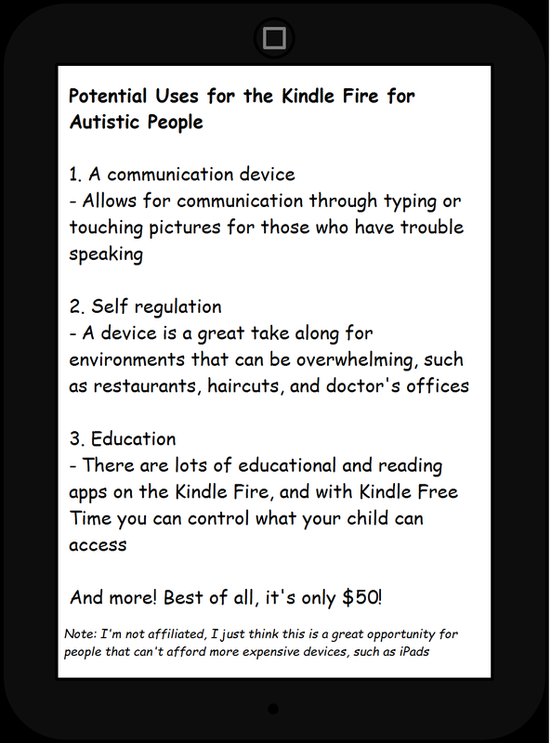
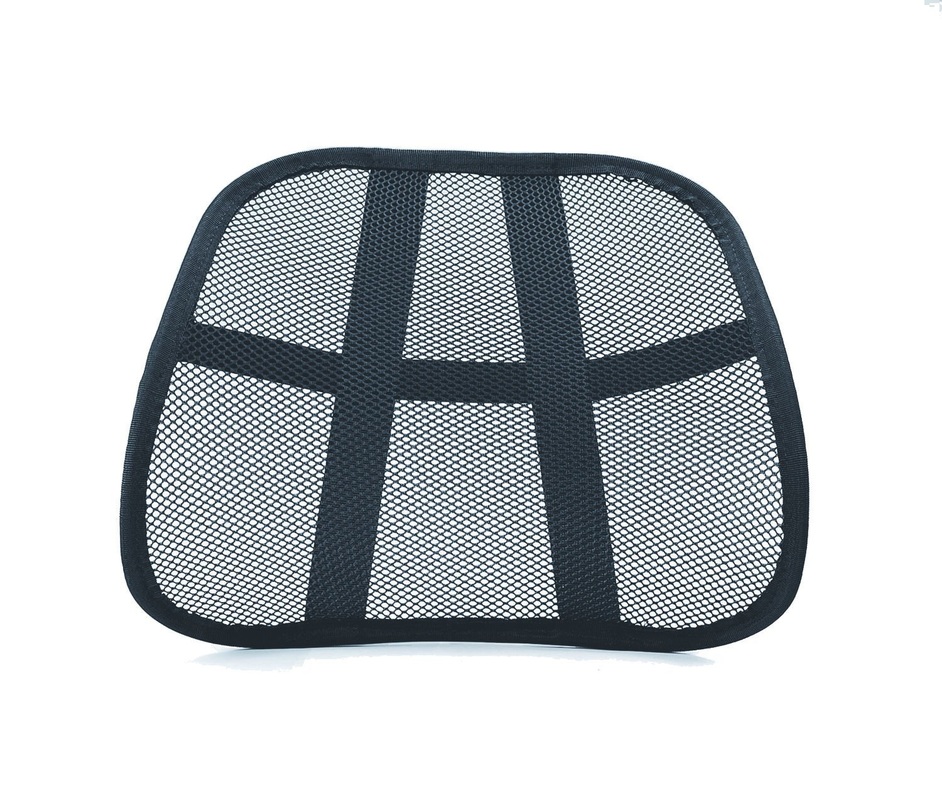
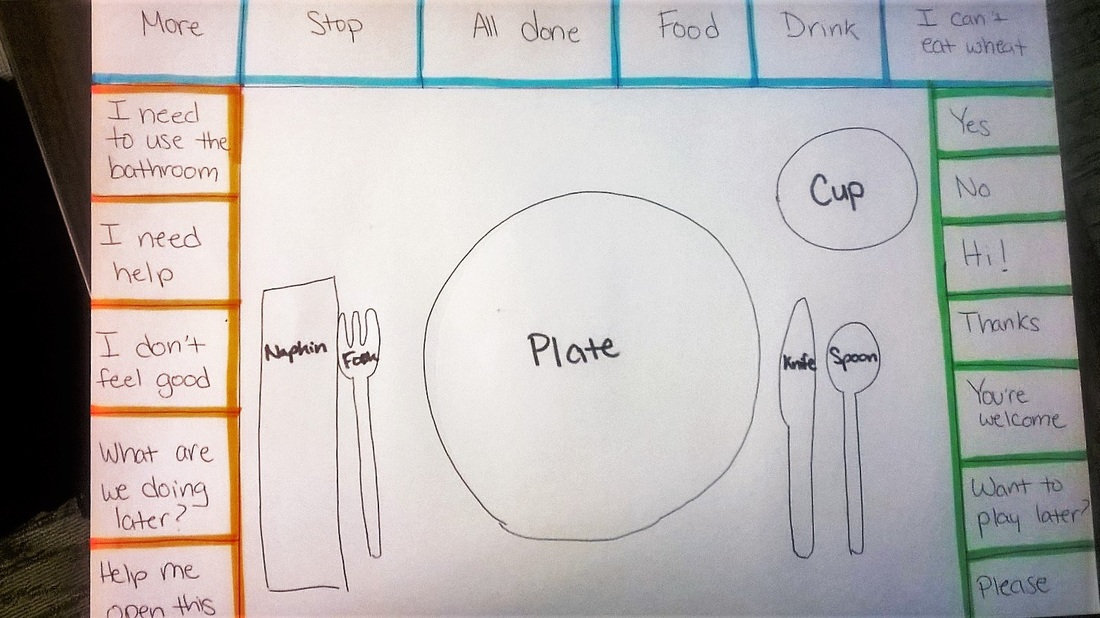
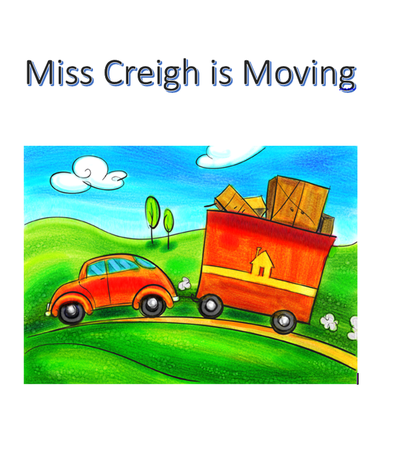
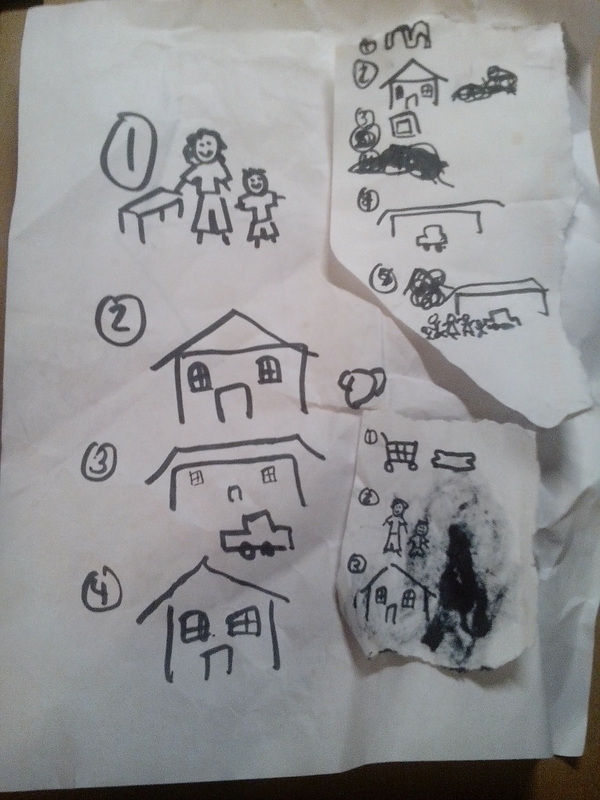

 RSS Feed
RSS Feed
